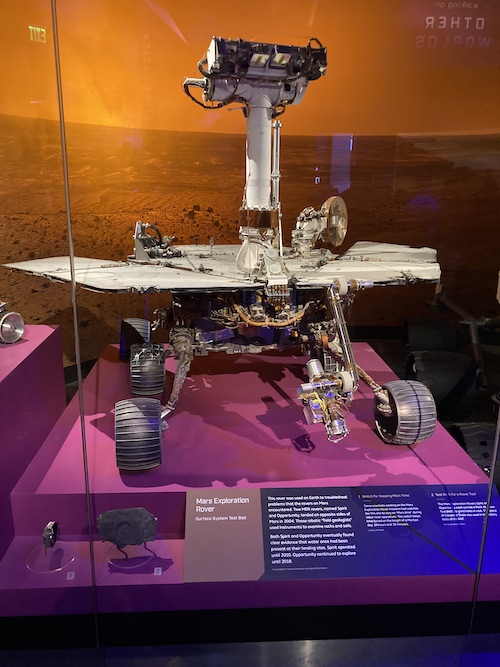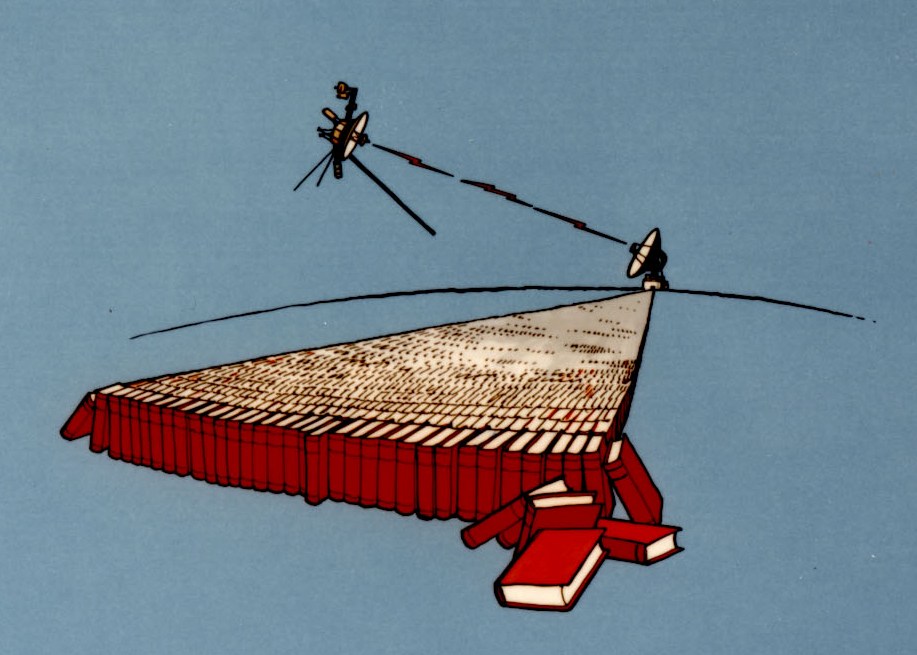Getting to Earth orbit is hard
January 1st, 2025 at 7:02 pm (Engineering, Spacecraft, Technology)
Recently I enjoyed working through Coursera’s Rocket Science for Everyone taught by Prof. Marla Geha.
The course reminds us that achieving orbit is all about going horizontally fast enough that you “miss” the Earth’s surface. For our planet’s mass, to achieve low Earth orbit, that speed is about 7.6 km/sec. I was interested to learn that given our available chemical propulsion options, we almost didn’t make it to orbit.
The rocket equation defines the change in velocity (delta_v) that you get from a given fuel and rocket design:
delta_v = v_exhaust ln(rocket mass [initial] / rocket without fuel mass [final] )
Exhaust velocity (v_exhaust) is how fast material is pushed out of the rocket, given the fuel you are using. This value for our propellants is about 2-3 km/sec, which means you need something greater than 95% fuel in order to get to 7.6 km/sec and achieve low Earth orbit! (By making that natural log of the mass ratio large enough)
Fortunately, smart people figured out that you can work around this limit using multiple stages and discarding spent containers to improve your mass ratio as you go. But if our planet had been more massive, we would have had to get a lot more creative to find something that would work.
Another bonus: launching near the equator and west to east gives you 0.5 km/sec for “free” (if you want an equatorial orbit). But Vandenberg Air Force Base (not equatorial) is a good launch site if you want a polar orbit instead (no freebies).
I also learned that GPS satellites are not out at geostationary orbit (which would allow them always to be in view, and only require three total to cover the Earth) because they didn’t want to have to build ground stations for them all over the Earth (i.e., in other countries) but instead just in the U.S. Interesting.
Great class – I recommend it!






